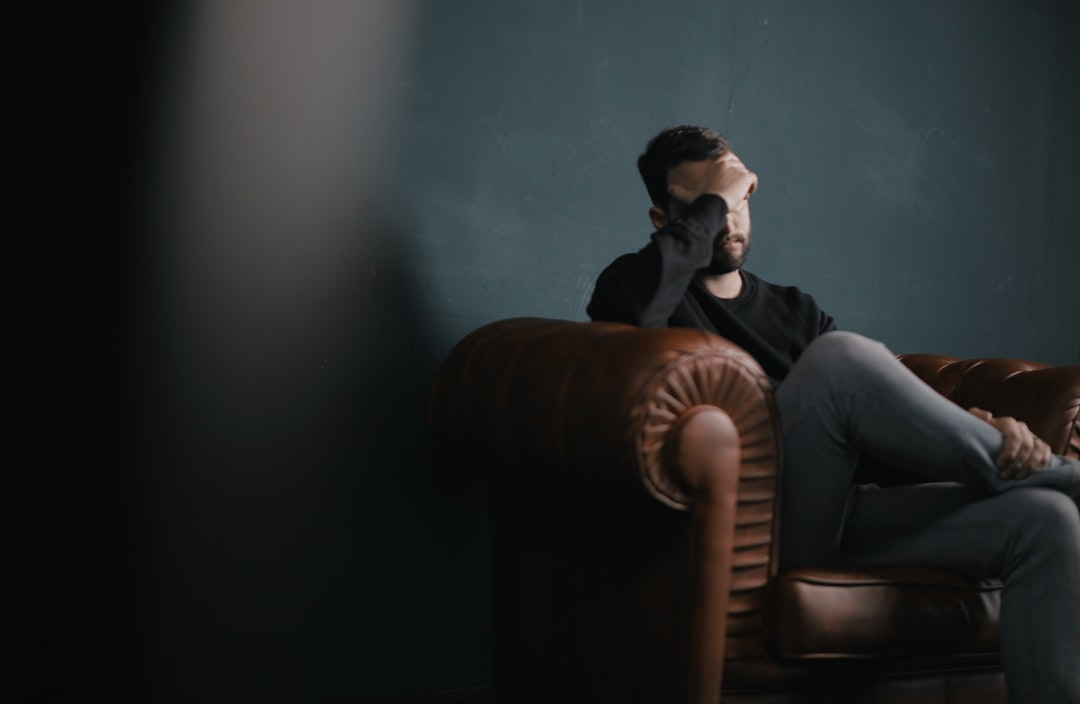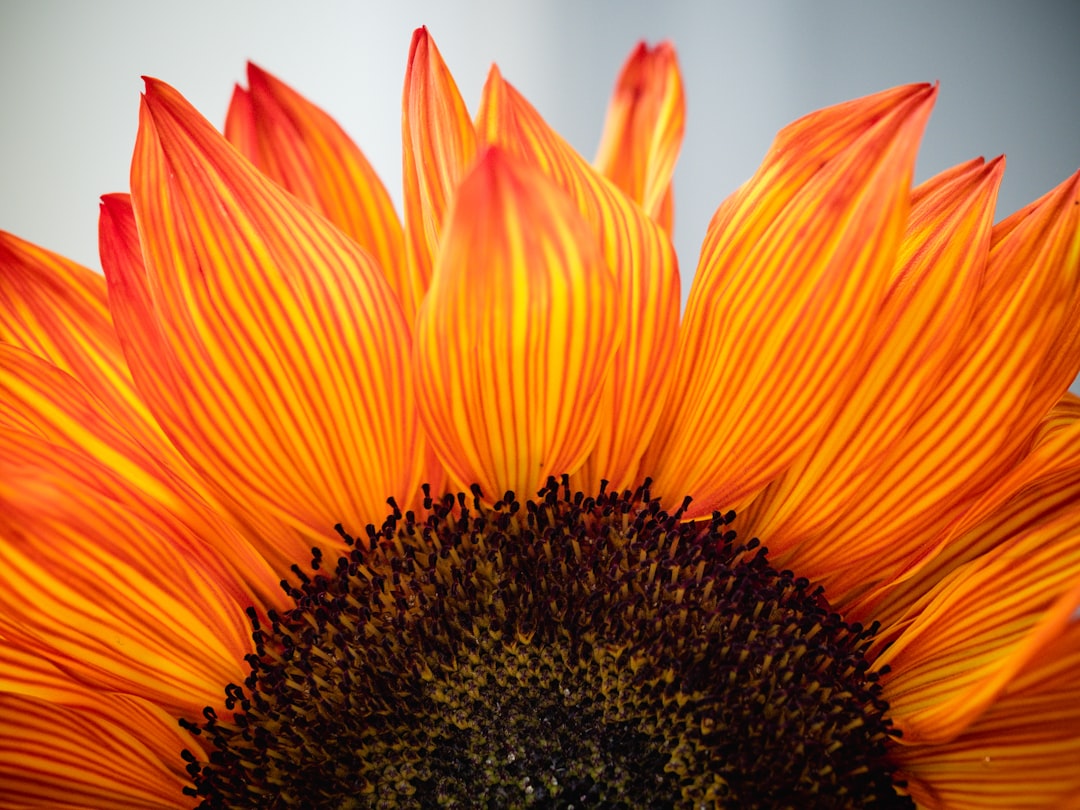What is it about?
Women’s dreams have been more negatively affected by COVID-19 than men’s dreams, according to this international study of 2,888 participants. Women showed lower rates of positive emotions and higher levels of anxiety, sadness, anger and references to biological processes, health and death in their pandemic dreams compared with dreams from ordinary tines. Men’s pandemic dreams showed somewhat higher levels of negative emotions, anxiety and death than in common dreams, but the effects were less pronounced than for women.
Featured Image

Photo by Bruce Christianson on Unsplash
Why is it important?
Dreams can help us understand our emotional reactions to the pandemic. For example, one mother in the study dreamed that her child’s school contacted her to say that the child’s whole class was being sent to her condominium to be home-schooled for the duration of the pandemic. When mothers of young children hear that dream, there is a laughter but also usually a strong empathy at the overwhelmed feeling the dream dramatizes. Your dreams can make you more aware of just what about the pandemic is bothering you the most--and sharing them with trusted others is a good conversation-starter for talking about these shared feelings.
Perspectives
I also wrote a book on this survey titled, Pandemic Dreams. Since the COVID-19 pandemic swept around the world, people have reported unusually a vivid and bizarre dream lives. The virus itself is the star of many--literally or in one of its metaphoric guises. I was immediately curious to see what our dream lives would tell us about our deepest reactions to this unprecedented disaster. Pandemic Dreams draws on my survey of over 9,000 dreams about the COVID-19 crisis. It describes how dreaming has reflected each aspect of the pandemic: fear of catching the virus, reactions to sheltering at home, work changes, homeschooling, and an individual’s increased isolation or crowding. Some patterns are quite similar to other crises I've studied such as 9/11, Kuwaitis during the Iraqi Occupation, POWs in WWII Nazi prison camps, and Middle Easterners during the Arab Spring. There are some very distinctive metaphors for COVID-19, however: bug-attack dreams and ones of invisible monsters. These reflect that this crisis is less visible or concrete than others we have faced. Over the course of the survey, dreams have progressed from fearful depictions of the mysterious new threat . . . to impatience with restrictions . . . to more fear again as the world begins to reopen. And dreams have just begun to consider the big picture: how society may change. The book offers guidance on how we can best utilize our newly supercharged dream lives to aid us through the crisis and beyond. It explains practical exercises for dream interpretation, reduction of nightmares, and incubation of helpful, problem-solving dreams. It also examines the larger arena of what these collective dreams tell us about our instinctive, unconscious responses to the threat and how we might integrate them for more livable policies through these times.
Dr. Deirdre Barrett
Harvard University
Read the Original
This page is a summary of: Dreams about COVID-19 versus normative dreams: Trends by gender., Dreaming, September 2020, American Psychological Association (APA),
DOI: 10.1037/drm0000149.
You can read the full text:
Resources
Contributors
The following have contributed to this page










